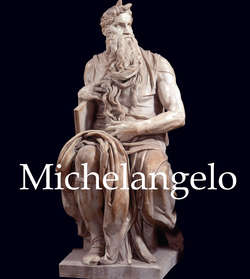Читать книгу Michelangelo - Eugène Müntz - Страница 4
На сайте Литреса книга снята с продажи.
ОглавлениеThe name “Michelangelo” has come to mean “genius”. Firstly, because his talents spanned sculpture, painting, architecture, army engineering and even poetry, to the extent that he became the personification of original thinking and avant-garde esthetics. Secondly, he is the artist through whom Humanism found full expression.
Self Portrait with Turban
Quill, 36.5 × 25 cm
Musée du Louvre, Paris
In the Renaissance, humanism was more an attitude and style of thinking than a doctrine. The focus was on man, not abstract intellectual ideas. The key issues were: What does man come from? Where does he belong in the universe? What, indeed, is man? Is perfection of this world?
Madonna of the Stairs
c. 1490
Marble, 55.5 × 44 cm
Casa Buonarroti, Florence
The answers were never final or dogmatic but open to analysis, debate and investigation. Humanism could mutate from Christian to pagan, from secular to whatever. Humanism took first root in Florence under leading Neoplatonists such as Marsilio Ficino, Pico della Mirandola and Leonardo da Vinci.
Crucifix
1492–1494
Wood polychrome, 142 × 135 cm
Santo Spirito, Florence
From there it spread throughout Europe. The powerful creativity, expressiveness and intensity of Michelangelo’s works beautifully illustrate the humanist conception of the world. To best understand the artist, we must begin with a look at his life.
Battle of the Centaurs
1490–1492
Marble, 80.5 × 88 cm
Casa Buonarroti, Florence
